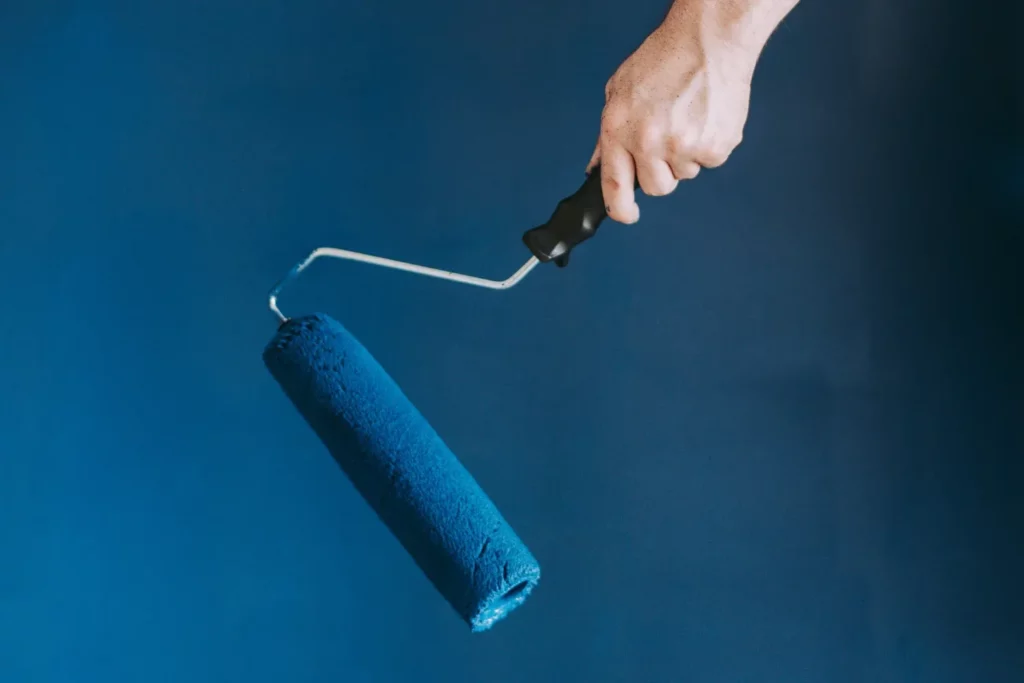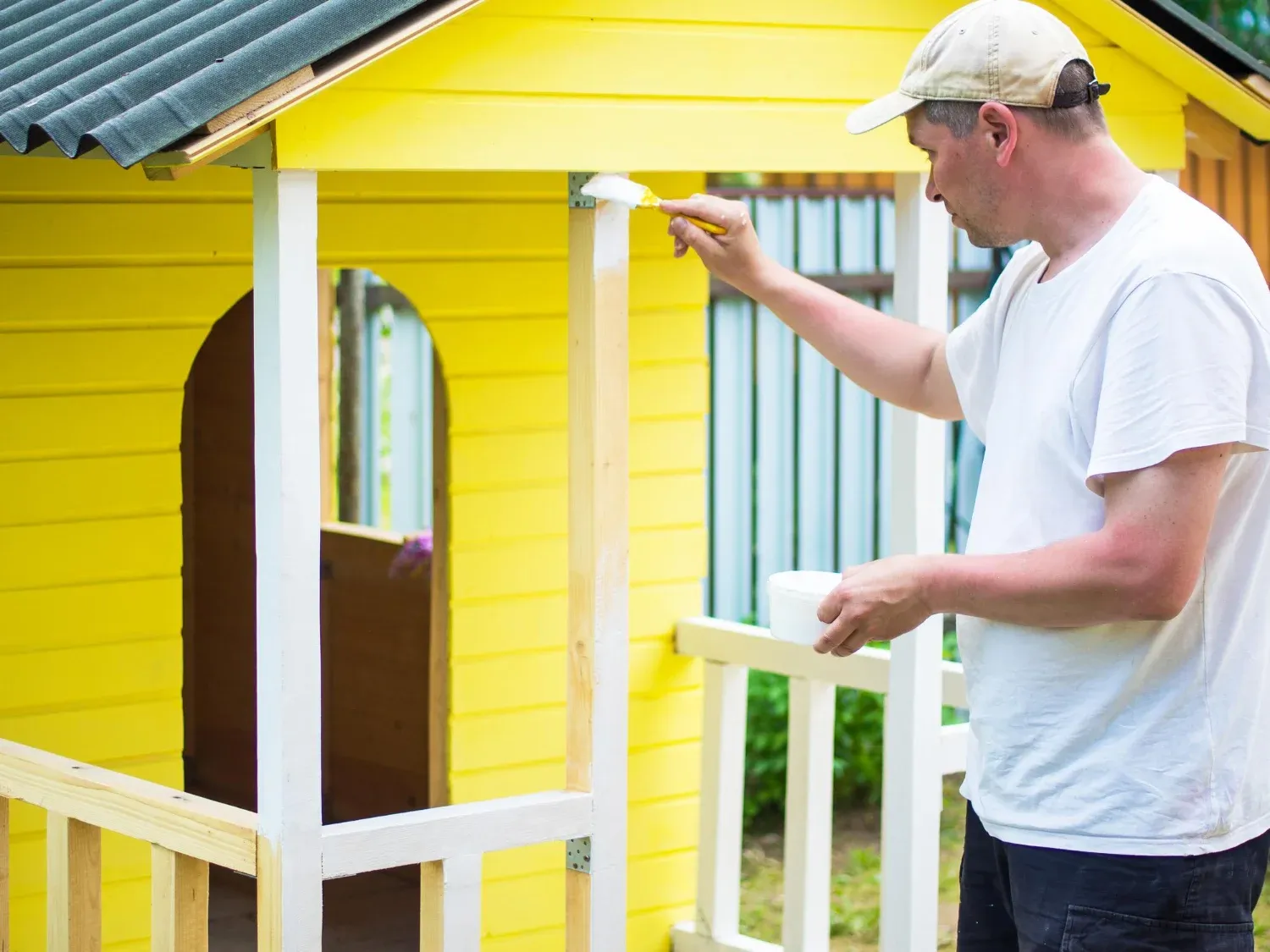When it comes to giving your home a fresh coat of paint, choosing the right painting technique is crucial. Painting not only enhances the aesthetic appeal of your space but also protects it from wear and tear. Among the various techniques available, brushing, rolling, and spraying are the most common methods. Each has its own set of advantages and disadvantages.
Different Techniques
In this blog post, we’ll explore the differences between these techniques to help you make an informed decision for your next painting project.
Pros and Cons of Brushing
When it comes to painting, brushing is a technique that many people are familiar with. One of the biggest advantages of brushing is that it allows for precise control over the application of paint. You can easily navigate corners, edges, and intricate details with a brush. Additionally, brushing allows for a thicker coat of paint, resulting in better coverage. However, brushing can be time-consuming, especially for large areas, and it may leave visible brush marks on the surface. It also requires more effort and can be physically tiring.
Pros and Cons of Rolling
Rolling is another popular painting technique that offers its own set of advantages and disadvantages. One of the major pros of rolling is that it allows for faster coverage over large areas, making it a time-efficient option. It also creates a smooth and consistent finish, with fewer visible brush strokes compared to brushing. However, rolling may not be suitable for intricate details or tight spaces. It can also result in a thinner coat of paint, requiring multiple coats for optimal coverage. Additionally, it can be messy and may require more clean-up compared to brushing.
Pros and Cons of Spraying
When it comes to painting techniques, spraying has its own set of pros and cons. One of the biggest advantages of spraying is that it provides a smooth and even finish. It is ideal for large surfaces like walls or ceilings as it allows for quick and efficient coverage. Spraying also eliminates the risk of brush marks or roller lines, resulting in a professional-looking outcome. However, spraying can be messy and requires proper equipment and safety precautions. It also tends to use more paint compared to other methods and may not be suitable for intricate details or tight spaces.
Which Technique is Best for Different Surfaces
When it comes to choosing the best painting technique for different surfaces, there are a few factors to consider. For smooth and even surfaces, such as walls or ceilings, spraying is often the most efficient and effective technique. The spray allows for quick coverage without the risk of brush marks or roller lines. For surfaces with intricate details or tight spaces, brushing may be the best option. Brushing allows for precise control and maneuverability around corners and edges. Rolling, on the other hand, is ideal for large, flat surfaces where speed and consistency are key.
Factors to Consider When Choosing a Painting Technique
Choosing the right painting technique for your project is crucial to achieving the desired outcome. Here are some important factors to consider when making your decision. First, assess the size and complexity of the project. If you’re working on a large area with minimal intricate details, spraying or rolling may be the most efficient option. Next, think about the desired finish. If you want a smooth, consistent look, spraying or rolling would be ideal. On the other hand, if you’re aiming for precision and control, brushing may be the way to go.
Lastly, consider your own comfort level and physical ability. Brushing requires more effort and can be tiring, while spraying and rolling may be easier on the body.
In Conclusion
Selecting the right painting technique is a critical decision that can significantly impact the outcome of your project. Each method has its strengths and weaknesses, so carefully evaluate your project’s requirements and your own skill level before making a choice. Whether you choose brushing, rolling, or spraying, with the right approach, you can transform your space and achieve a professional-looking finish. Happy painting!




